Although its violent content proved to be controversial upon its initial release in 1976, Martin Scorsese’s Taxi Driver has since been praised as one of the greatest movies ever made. The unnerving tale of Travis Bickle, a Vietnam veteran who returned to America with insomnia and hated what he saw, clicked with cynical ‘70s moviegoers. Plagued by a city-wide garbage strike (which actually added to the theme, because trash was constantly piling up on the streets, just as Travis prophesized), filming Taxi Driver was far from smooth sailing for Scorsese and his team. Here are 10 Behind-The-Scenes Facts About Taxi Driver.
10 Robert De Niro drove a cab in New York to prepare for the role
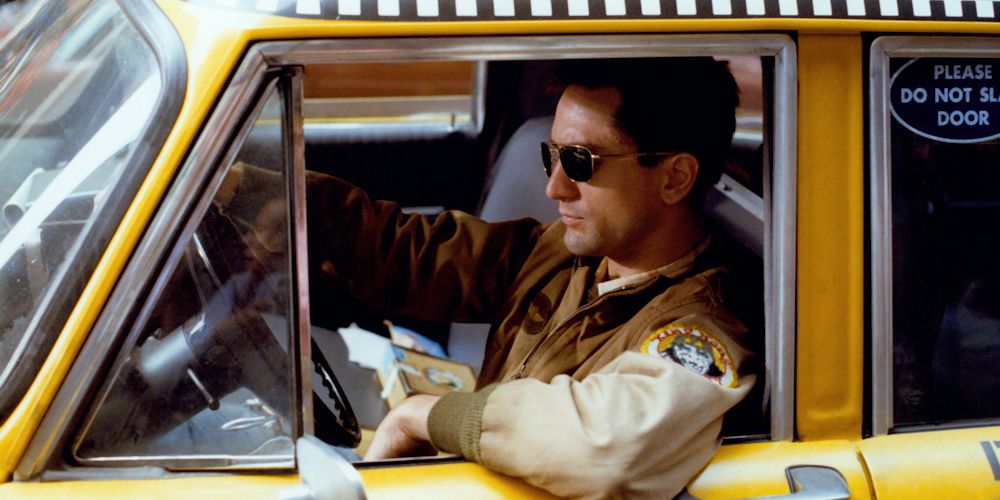
While preparing for the role of Travis Bickle, Robert De Niro drove a real cab around the streets of New York City. He’d do 15-hour days to get a feel for the long, restless hours that Travis was doing in the movie. Despite the fact that he’d just won an Oscar for The Godfather Part II, De Niro was still relatively unknown, and claims that he was only recognized once while driving a cab. The passenger who recognized him was a young, struggling actor who’d seen De Niro's turn in The Godfather sequel and said, “You just won an Oscar...My God, is it that hard to get work!?”
9 Martin Scorsese knew what the most important shot in the movie would be
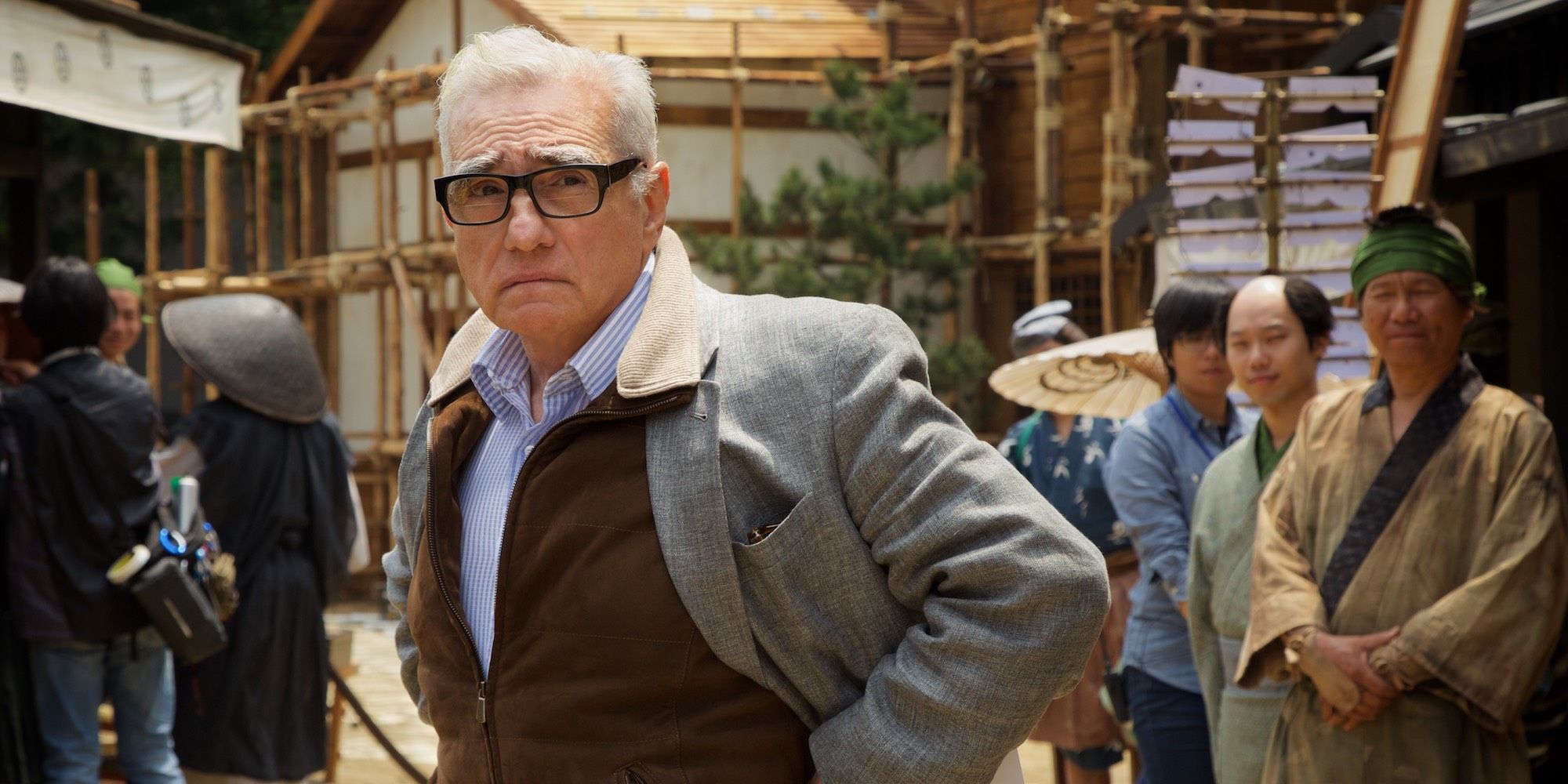
Director Martin Scorsese has been very transparent about which shot in Taxi Driver he feels to be the most important one in the movie. He claims it’s the one where Travis is talking to Betsy on the phone, in a futile effort to get a second date. The camera pans away from Travis and disappears down the long, winding hallway to his side.
Scorsese moved the camera away to indicate to the audience that this phone call was so desperate and pathetic and cringeworthy that it was practically unbearable to listen to. This one camera movement speaks volumes about Travis.
8 The colors in the final shootout were desaturated to achieve an R rating
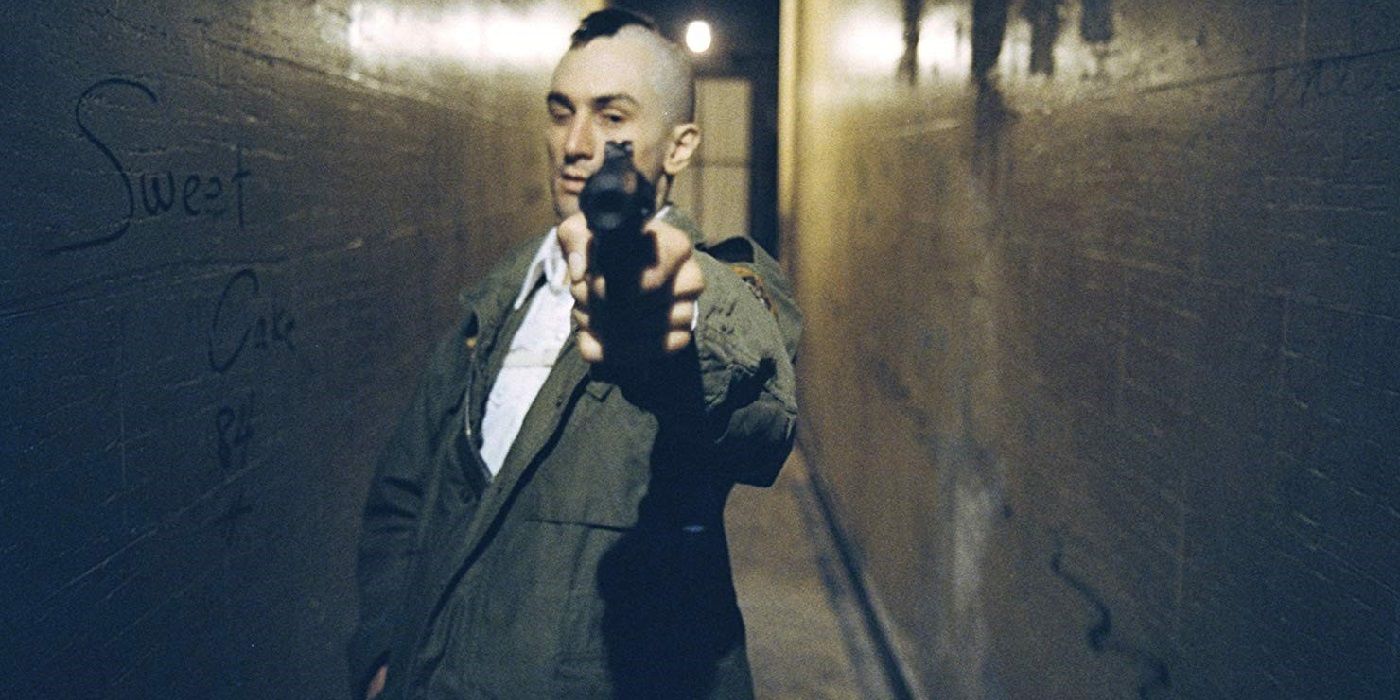
The reason that Taxi Driver’s final shootout looks so grim in comparison to the rest of the movie is that Martin Scorsese had to desaturate the colors to achieve an R rating. The MPAA was unhappy with all the violence and threatened a stronger rating, so Scorsese desaturated the color to change the shade of the blood. For whatever reason, the MPAA will let you make a movie as violent and gory as you want, as long as the blood featured isn’t quite red. Ultimately, the bleak desaturation gives the scene a hauntingly unnatural look, so it actually works in its favor.
7 Brian De Palma was initially attached to direct
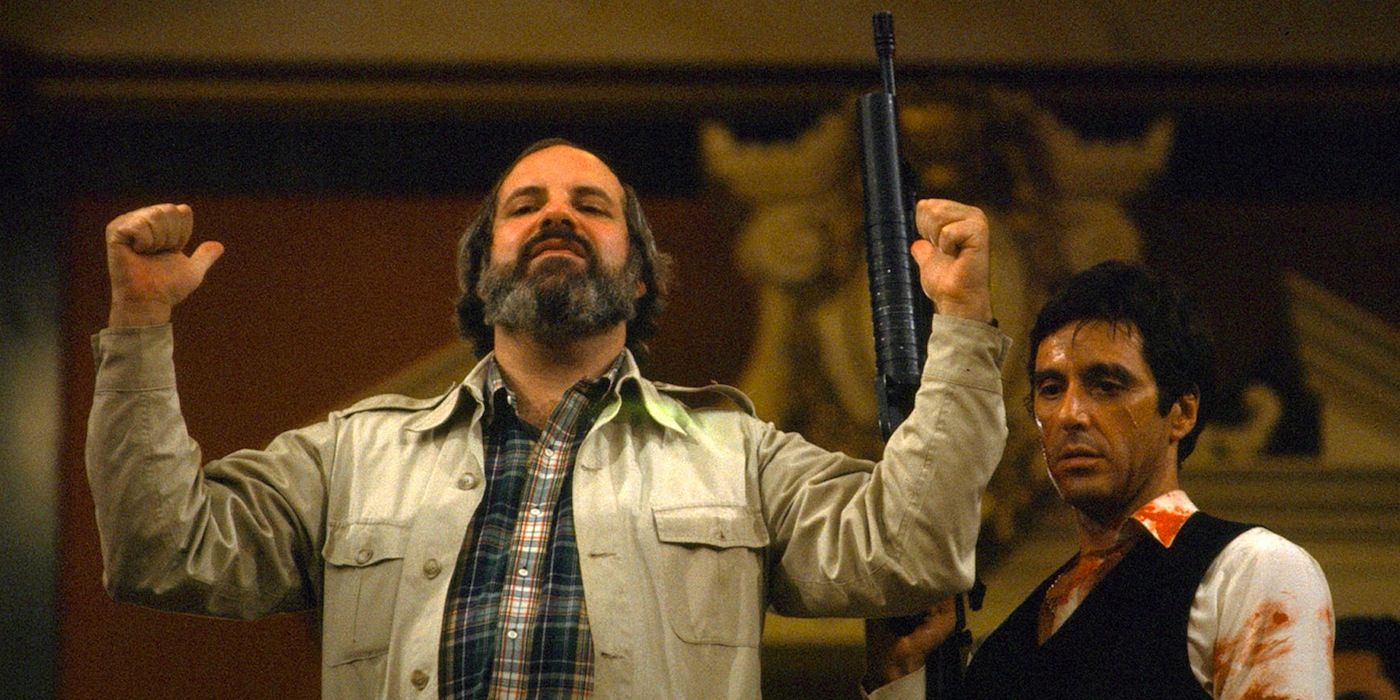
Martin Scorsese was always interested in directing Taxi Driver, but since he wasn’t particularly well-known at the time, he had a tough time convincing the producers to give him the job. Instead, the producers wanted to hire Brian De Palma, the director of Carrie and Scarface, and he was even briefly attached to the film. Scorsese eventually persuaded the producers to let him direct Taxi Driver when he screened Mean Streets for them, but they only allowed him to helm the project on the condition that he could get Mean Streets’ compelling star Robert De Niro to play Travis Bickle.
6 Jodie Foster’s older sister performed her explicit scenes
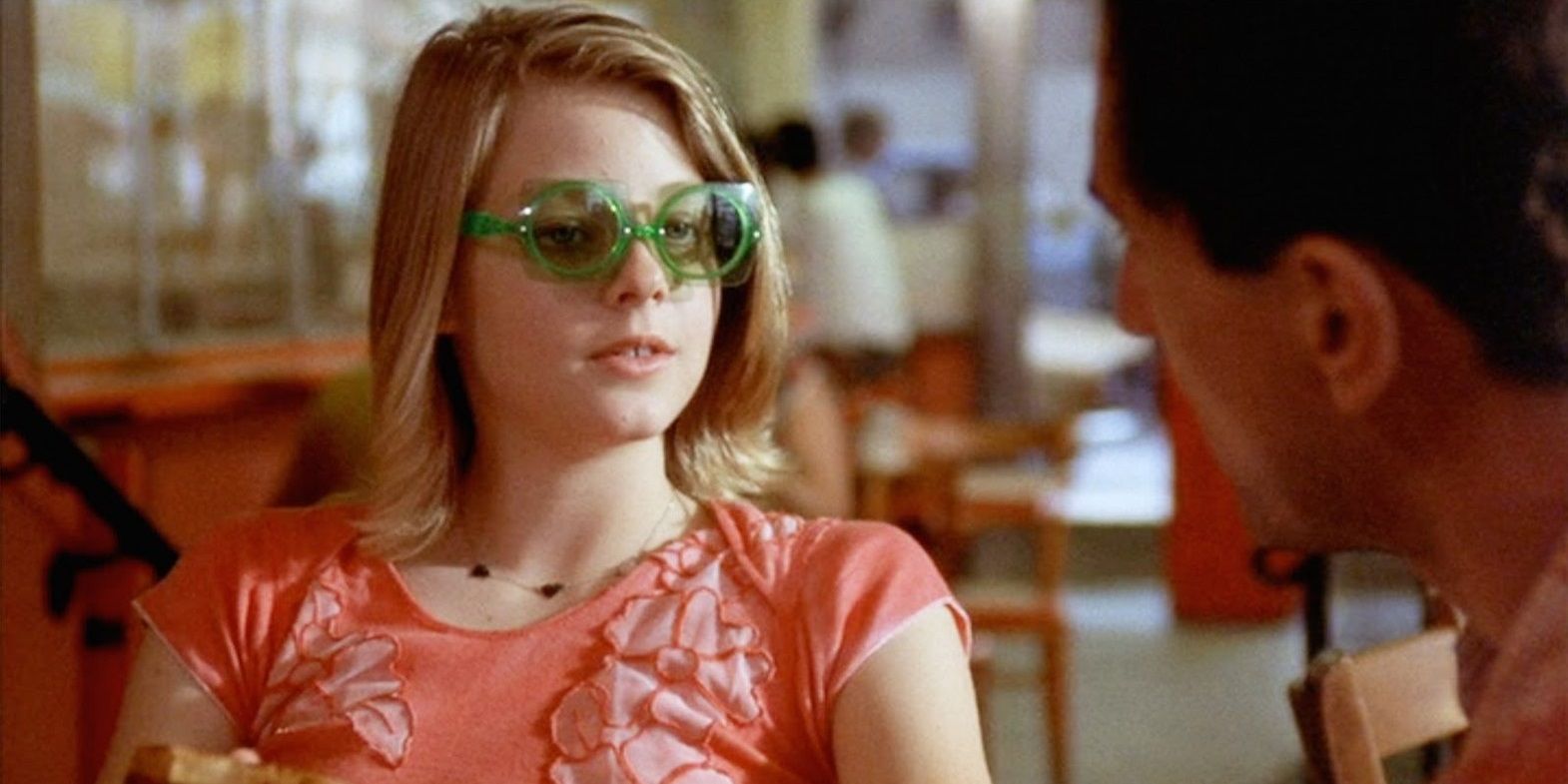
Taxi Driver is famous, and certainly controversial, for Jodie Foster’s character, who is a 12-year-old prostitute; a living, breathing indication of the scum and corruption that Travis Bickle sees in New York City every night. However, since Foster herself was 12 years old at the time of filming, it would’ve been illegal for her to shoot a lot of her character’s more explicit scenes. So, for any scenes of an explicit nature, Foster had to be swapped out with her older sister, Connie Foster, who was 19 years old at the time and looked enough like her sister to fool the audience.
5 Travis Bickle and Ed Gein have similar tastes
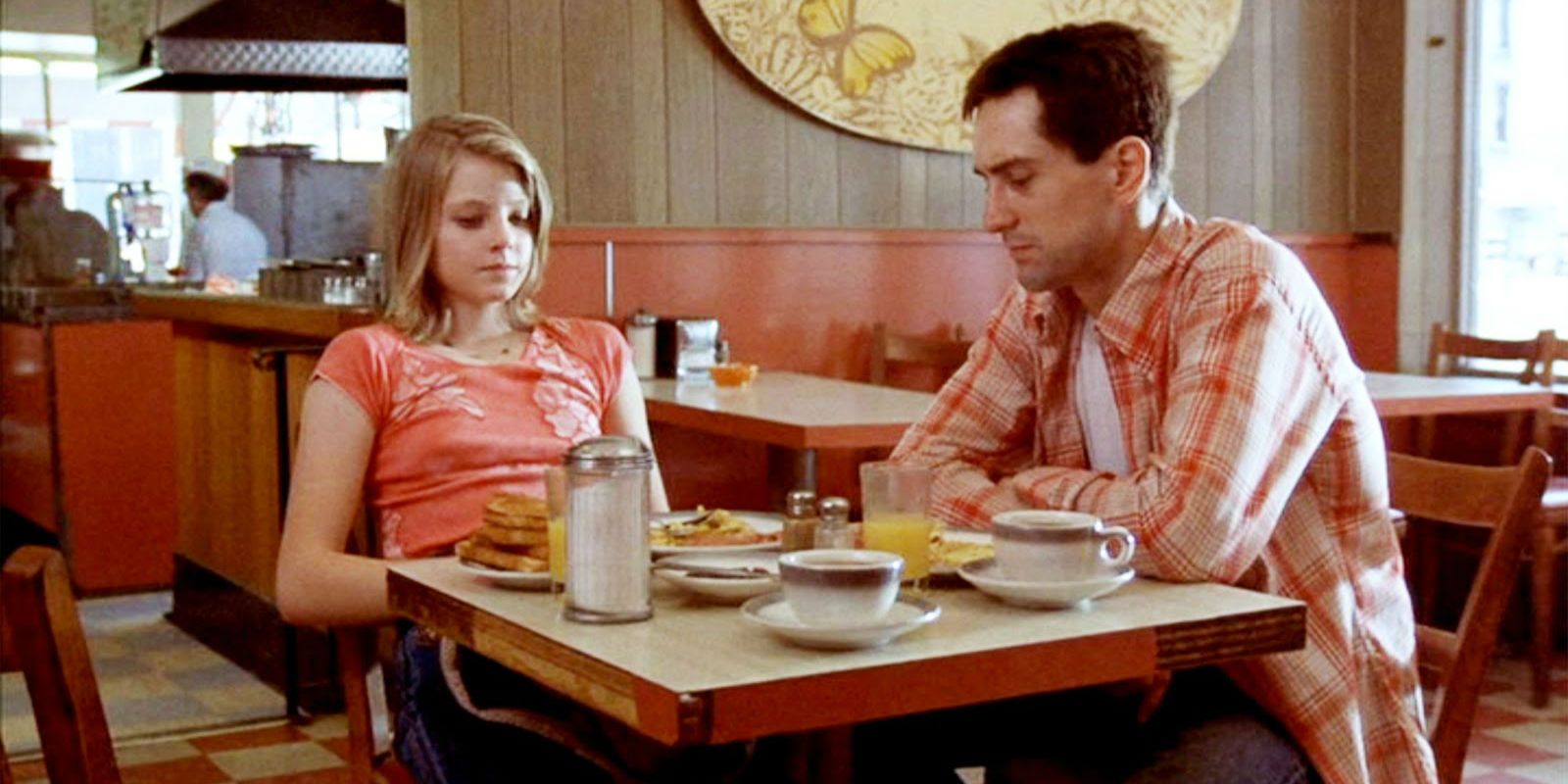
Travis Bickle was inspired by a number of real-life figures, such as would-be assassin Arthur Bremer, whose diaries served as the basis for Travis’ and who shot presidential candidate George Wallace in 1972. Screenwriter Paul Schrader also put a lot of his own darkest tendencies into the character. There’s a reference to the infamous serial killer Ed Gein in Travis’ characterization, too — specifically in his culinary tastes. In the diner scene, Travis orders a slice of apple pie with melted cheese. When Gein was arrested, he asked the police for that very same dish in exchange for a full confession.
4 Bernard Herrmann initially turned down Scorsese’s offer to write the film’s score

Bernard Herrmann’s musical score is one of the most memorable things about Taxi Driver. But when Martin Scorsese — then a virtually unknown director — contacted Herrmann about writing the music for the film, the composer turned him down immediately, telling him, “I don’t write music for car movies.” After reading the script, Herrmann realized this was more than just a “car movie” and agreed to pen the score. Herrmann used dissonant brass to represent Travis Bickle’s dark emotional state. Shortly after polishing the score to answer Scorsese’s feedback that it needed an extra sting, Herrmann passed away at the age of 64.
3 Paul Schrader wrote the script in just over a week
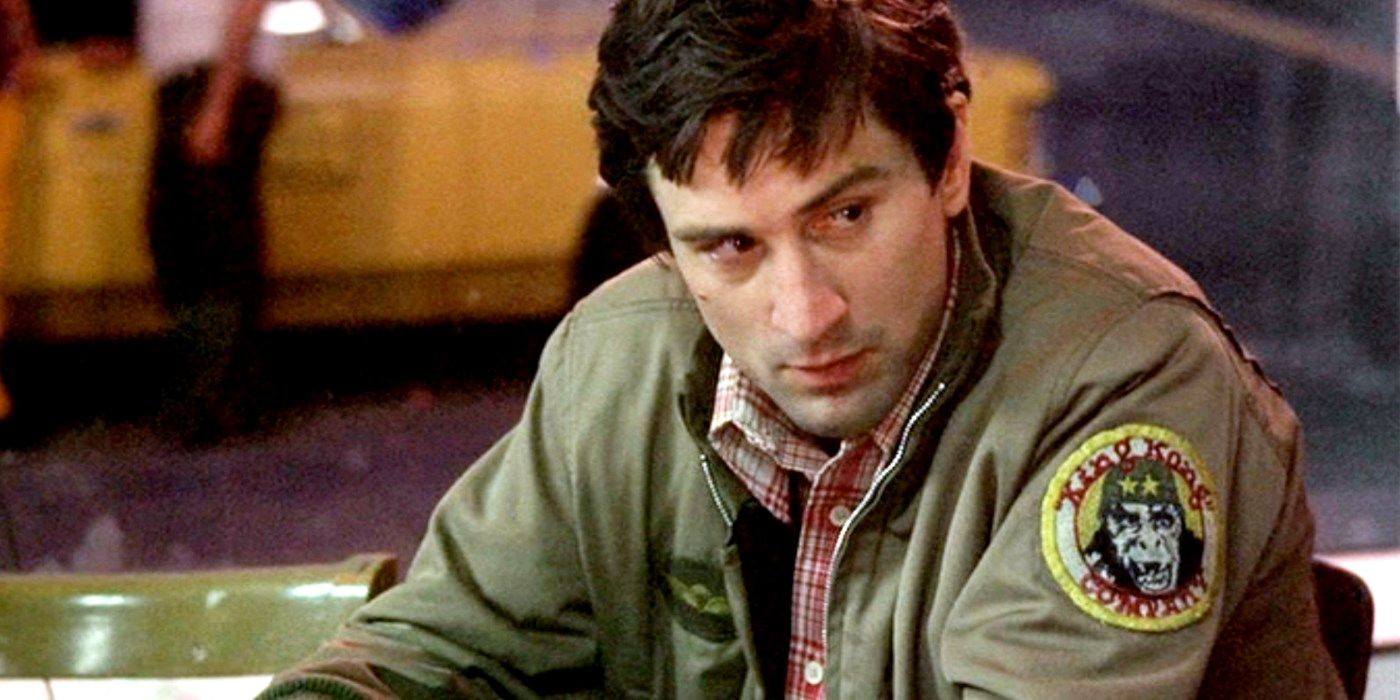
Paul Schrader wrote the screenplay for Taxi Driver over the course of ten days, across two drafts. He began the second draft right after he finished the first. He was staying at his ex-girlfriend’s place while she was out of town, and having been living in his car, Schrader found a kindred spirit in Travis.
Like his disturbed lead character, Schrader had no friends, isolated himself from the world, visited adult movie theaters, and developed an unnerving obsession with guns. He even kept a loaded gun in the desk drawer while he was writing Taxi Driver to provide motivation and inspiration.
2 Carrie Fisher and Michelle Pfeiffer were considered for the role of Iris
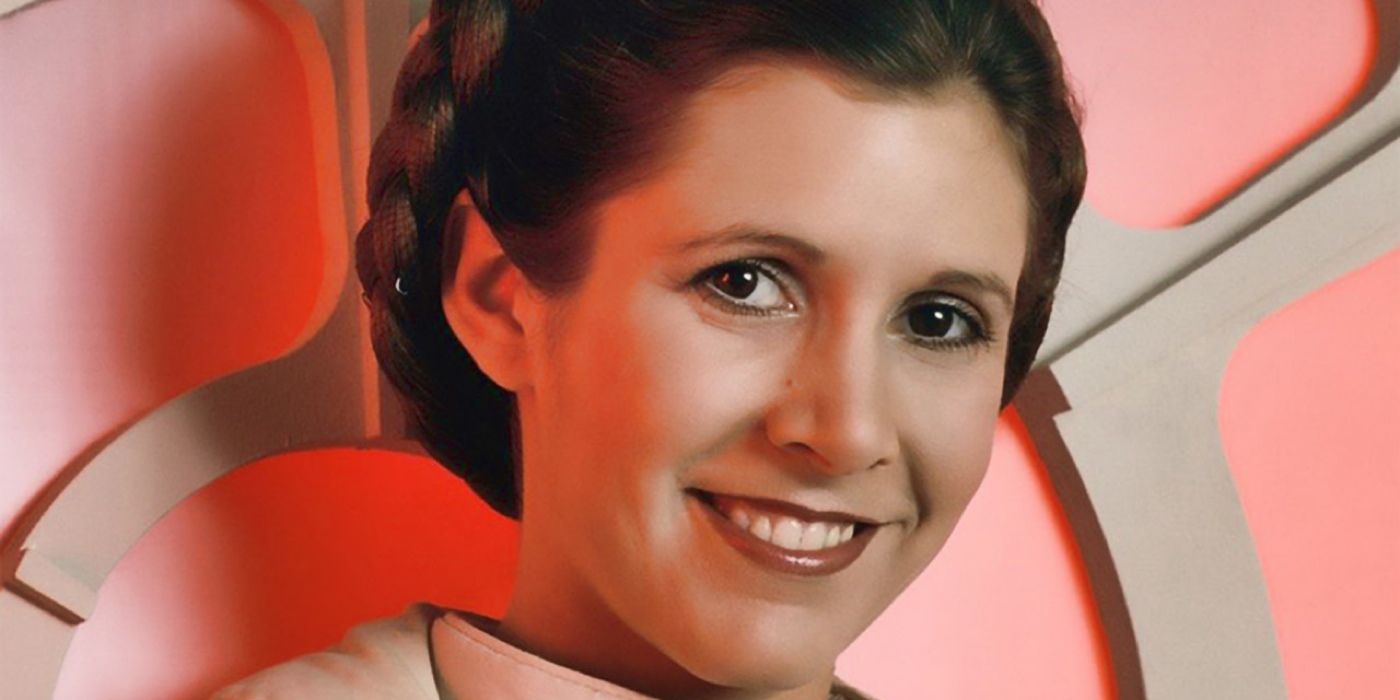
Although the role of Iris would eventually go to Jodie Foster, over 250 different actresses applied for the role. Among those who ended up auditioning were Carrie Fisher, Michelle Pfeiffer, Mariel Hemingway, Bo Derek, Rosanna Arquette, Kristy McNichol, and Kim Cattrall, all of whom would go on to become big stars (some bigger than others) in the years that followed. Funnily enough, a couple of years later, Jodie Foster would be up for the part of Princess Leia Organa in George Lucas’ Star Wars, which Carrie Fisher ended up getting. Foster stole one star-making role from Fisher, and then Fisher stole a different star-making role from Foster.
1 Robert De Niro improvised the mirror scene
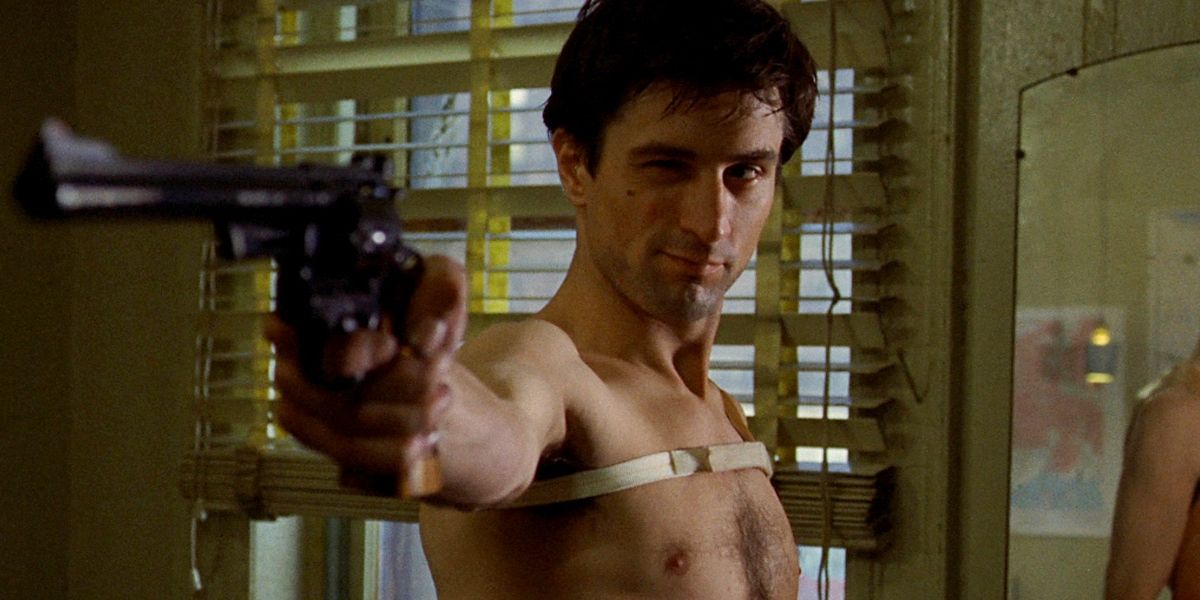
The scene in which Travis Bickle starts talking to himself in the mirror, repeating the phrase “You talkin’ to me?,” is arguably the most iconic scene in the movie. It signposts the sheer intensity of Travis’ loneliness, and even people who haven’t seen the movie are familiar with the line. In the script, this scene was simply described as: “Travis looks in the mirror.” Robert De Niro improvised all of the dialogue. This might have arisen from De Niro’s tutelage under Stella Adler, who teaches an acting exercise whereby performers try out different interpretations of the same phrase over and over again.
from ScreenRant - Feed https://ift.tt/34i69xA


0 Comments